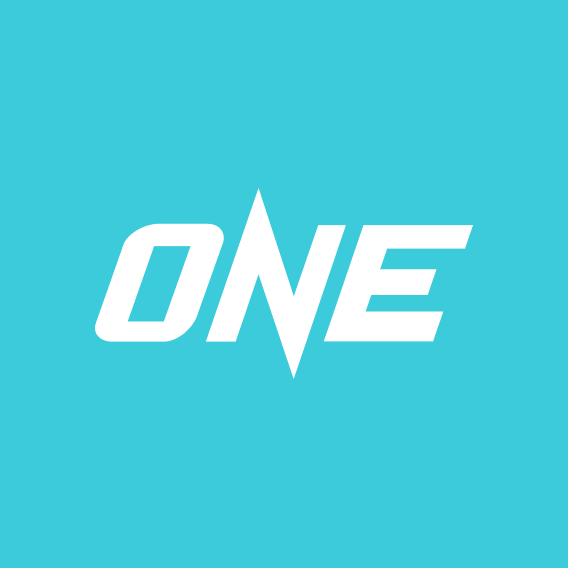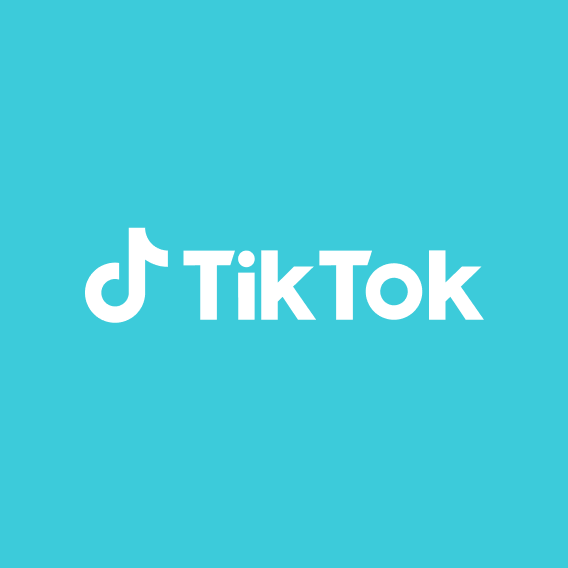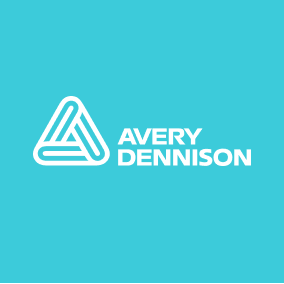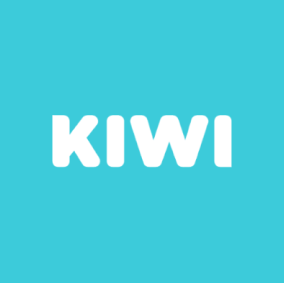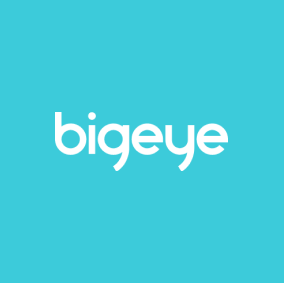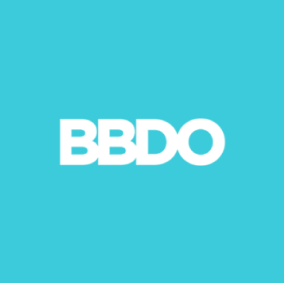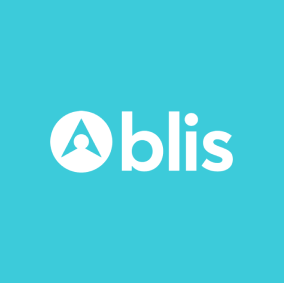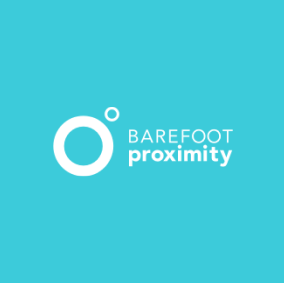One of the biggest players in entertainment, Sony's Hong Kong team explain how they analyzed international content uptake at a regional level.
In 1946, Tokyo Tsushin Kogyo K.K. started as a small company with capital of just 190,000 yen and approximately 20 employees. Today, Sony owns the largest music entertainment business in the world.
It’s also one of the leading manufacturers of electronic products for the consumer and professional markets, and a leading player in the film and television industry.
With a mission to “inspire and fulfil your curiosity”, it’s a brand that needs to understand its consumers, inside and out.
Within its Hong Kong arm, the teams needed to uncover more revealing insight that would point their strategy in the right direction and justify their spend.
Here’s how they did it.
The challenge
Getting a regional view of international content.
Looking to create and roll out Korean TV drama content in the U.S., the team needed deep insight into those who consume this type of content in order to reach them effectively.
Michael Rogers, Vice President Research at Sony Pictures Entertainment, says, “The market for Asian content is growing, and the producers on the ground in Asia are aware of the significant and growing opportunity to distribute their products globally.”
But since Korean drama content hasn't historically aired on national linear TV channels in the U.S. they had no traditional ratings to gather a profile of these consumers, leaving them without much in terms of readily available research that wasn’t secondary or dated.
Amrita Roy, Research Analyst at Sony, says, “For this specific project, there’s no traditional hard data on who these people are, what they’re watching or how much they’re watching.”
The situation was clear: the team needed truthful, tailored answers straight from the consumers they were targeting.
The action
Using custom research to get to the right answers.
Having used GWI as a data source for four years, the team were no strangers to the capabilities of the platform, but this time they needed to go deeper, faster.
Some of the questions they needed answered were:
-
Who are the U.S. consumers who enjoy watching international content (and Korean dramas in particular)?
-
How do they consume this content?
-
Do they prefer the content in its original language and subtitled or dubbed into English?
Making use of a special custom study run by GWI, which collects tailored survey responses within 24 hours, the team found what they were looking for.
With the answers they needed, the team could build strong, granular consumer profiles that would make a clear difference to the project’s outcome.
“I went through the results and easily found a couple of interesting consumer profiles,” Amrita says.
“For example, people who don’t consume international content vs. people who do, and specifically Korean drama consumers. We could then compare the differences between the profiles and determine how one profile is potentially more attractive to our linear TV clients than another.”
The study also yielded insight the team could use to position their offering in the U.S., outlining the reasons why American consumers would watch a Korean drama, for example, and how they want to consume it.
Revealing some surprising results, the study found that despite popular assumptions, viewers in the U.S. prefer content to be shown in its original language, rather than dubbed in English.
It also showed American viewers value the plot of the content above all else.
The result
Backing up hypotheses with reliable data.
By moving away from secondary, static data and harnessing information truly tailored to their project, the team could confidently make recommendations to their colleagues.
“We already distribute some Korean content, so this data really helps us justify its value,” Michael says.
“Secondly, it backs up our hypothesis that we should be producing more Korean dramas to export outside of Asia.”
It also afforded them insight into the more intricate details of the project, including questions around language.
“Internally, we were skeptical about having subtitles and instead assumed a preference for dubbing,” Amrita says.
“So when the study found the majority of people that consume international content do prefer it subtitled in its original language, rather than dubbed, that’s a key data point that develops our audience understanding and informs recommendations for our licensing clients.”
The study supplied them with the insight they were missing, allowing them to guide their strategy in the right direction.
“Using GWI, we were able to disprove the idea that Korean drama is niche and that dubbing would be required in the U.S., which is a pretty cool story,” Michael finishes.




